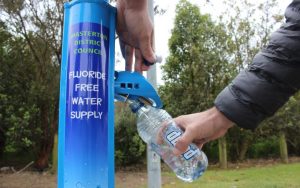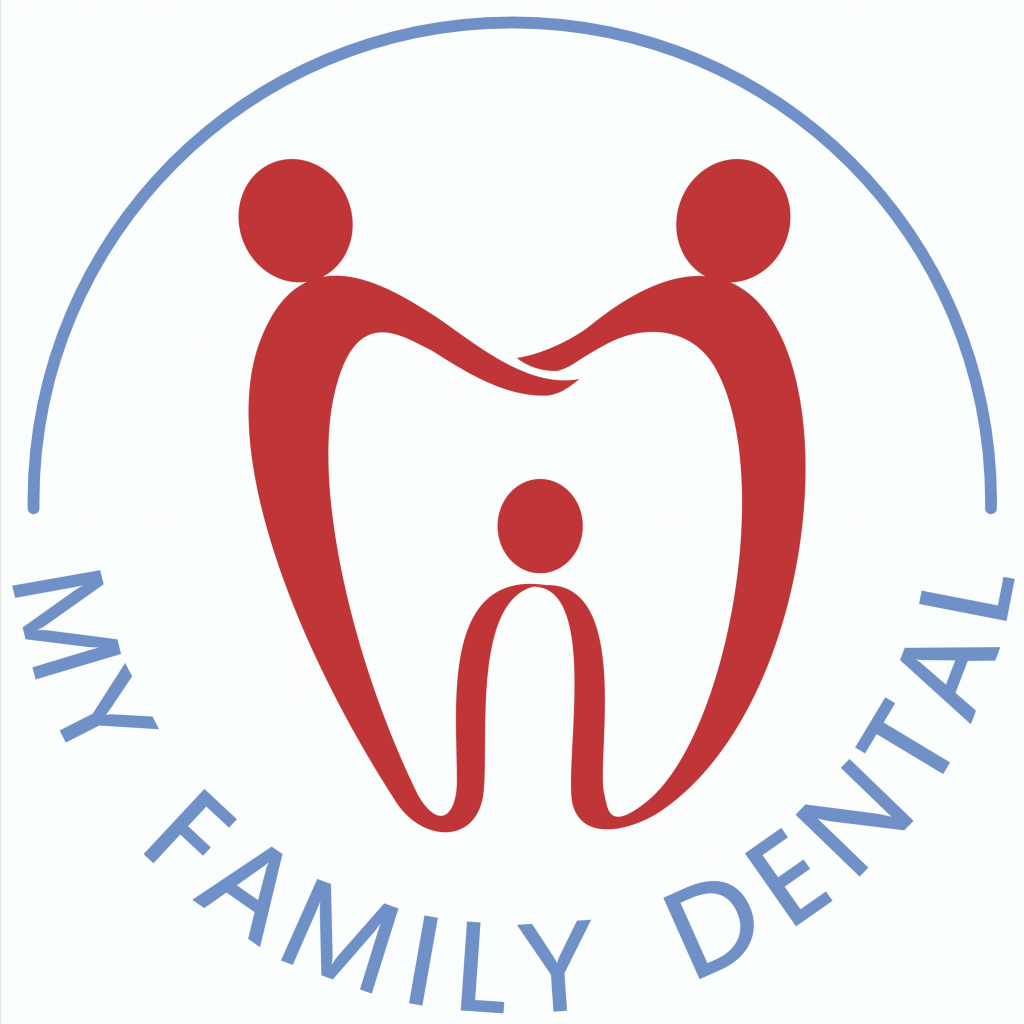 Public water fluoridation has been practised around the world for the last 60 years and is acknowledged as one of the 10 greatest public health achievements of the 20th century.1
Public water fluoridation has been practised around the world for the last 60 years and is acknowledged as one of the 10 greatest public health achievements of the 20th century.1
Community water fluoridation is the adjustment of fluoride to drinking water to reach a level that can help reduce tooth decay. Dental caries are a major public health issue affecting 90% of Australian adults at some point of their lives.2 In Queensland alone, half of children aged 4 – 15 experience decay in their primary teeth.3
Research shows that water fluoridation helps prevent tooth decay in three ways: helps teeth become more resistant to decay, helps get rid of decay early before it becomes more permanent, and helps stop bacteria in the mouth producing acid.4 The benefit of a small amount of fluoride being added to our drinking water is that teeth are exposed numerous times a day, every day, to prevent decay over a lifetime.4 If a person stops drinking fluoridated water, their teeth are no longer protected from this source, and are at a higher risk of decay and mouth cancer.4
Recent studies show that regardless of one’s socioeconomic status, geographical location or age, the prevalence of dental caries is 31% lower in fluoridated communities than in non-fluoridated communities.
Unfortunately, not all community water supplies in Queensland are fluoridated. Currently, 72% of Queensland community water supplies are fluoridated, whilst 28% are not. The Cassowary Coast, Ingham, Bowen do not have community water fluoridation whilst Townsville and Emerald do. You may ask why such a high percentage of Queensland is still not fluoridated!

Image courtesy of https://times-age.co.nz/fluoride-free-water-tap/
Most, if not all reputable medical, dental, and scientific agencies in Australia strongly endorse water fluoridation including the Australian Dental Association. Australia’s National Oral Health Plan 2015 – 2024 urges all communities to fluoridate their drinking water.6
Unfortunately, legislative amendments in 2012, placed water fluoridation decisions in the hands of local councils. Anti-fluoride activists claim that fluoride can be toxic.
Yes, in high concentrations, fluoride consumption can be toxic. More than 80% of fluoride toxicity is seen in children before the age of 6 years due to the ingestion of fluoride-containing toothpaste or mouthwashes.7 Adult strength toothpaste has a fluoride concentration of 1500 parts per million. It’s important to remember, community water fluoridation contains on average 7 parts per million, which is extremely low when comparing to toothpaste but at an appropriate concentration to benefit our oral health.
Whilst the oral health benefits of water fluoridation are evident, the World Health Organization concludes that public water fluoridation is the most cost-effective method of delivering fluoride to a large group of people.7 The average cost of fluoridation in urban areas, including equipment, operating and maintenance costs, equates to $0.26 per person per year.8 100 years of water fluoridation for an individual costs less than a single dental filling! For each $1 million the government invests in a water fluoridation plant, with an average 15-year-life span, there would be an estimated $7 million saving in avoided dental treatment costs due to prevented dental decay.9 This is both a saving for the Australian government funding public dental services and patients seeking private dental treatment.
Overall, as a dental practitioner of My Family Dental, I am 100% for the addition of fluoride to all community water supplies, to benefit the oral health of young children, the elderly, and of course those who may forget to brush their teeth twice a day with fluoride toothpaste!



